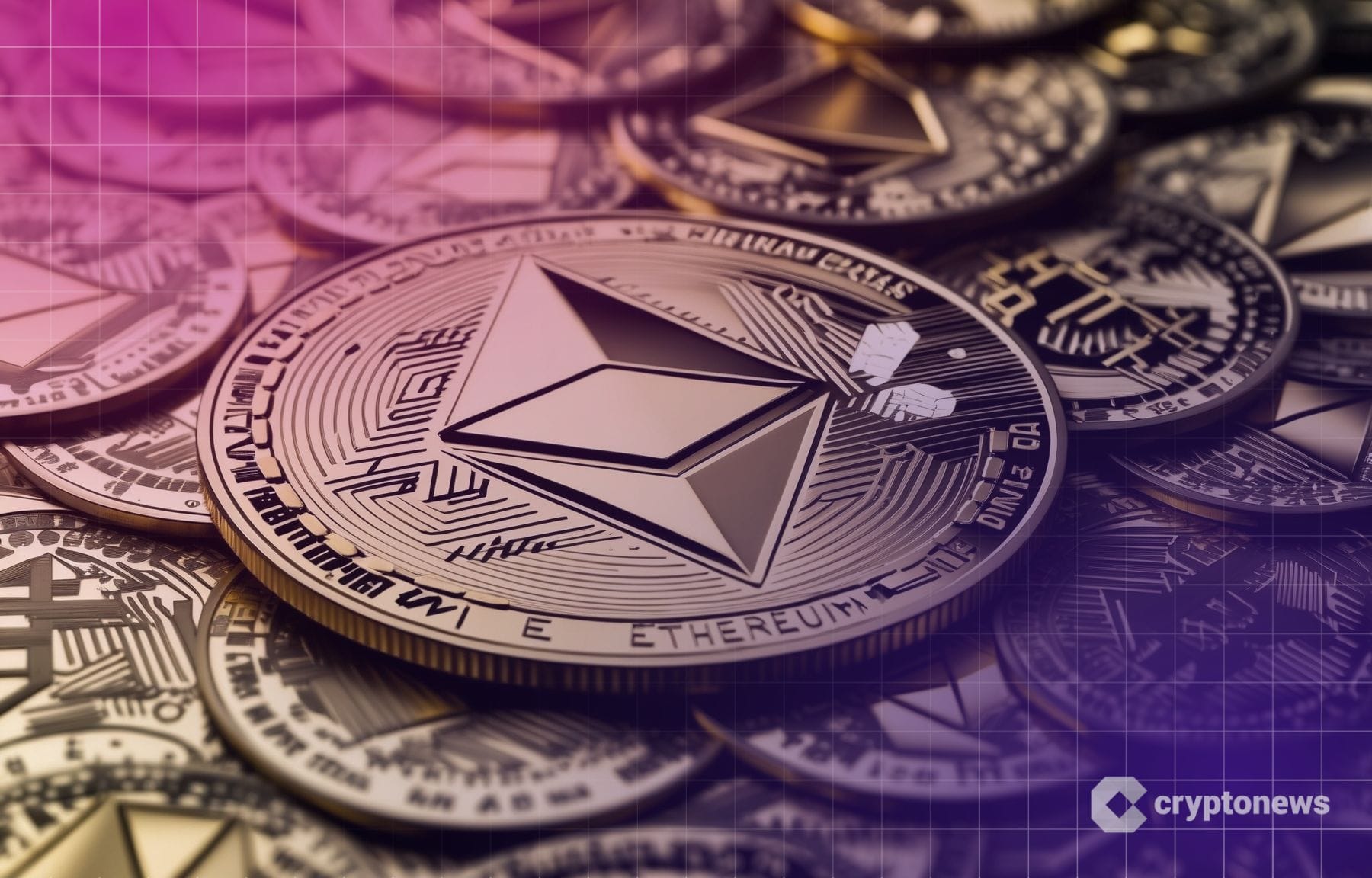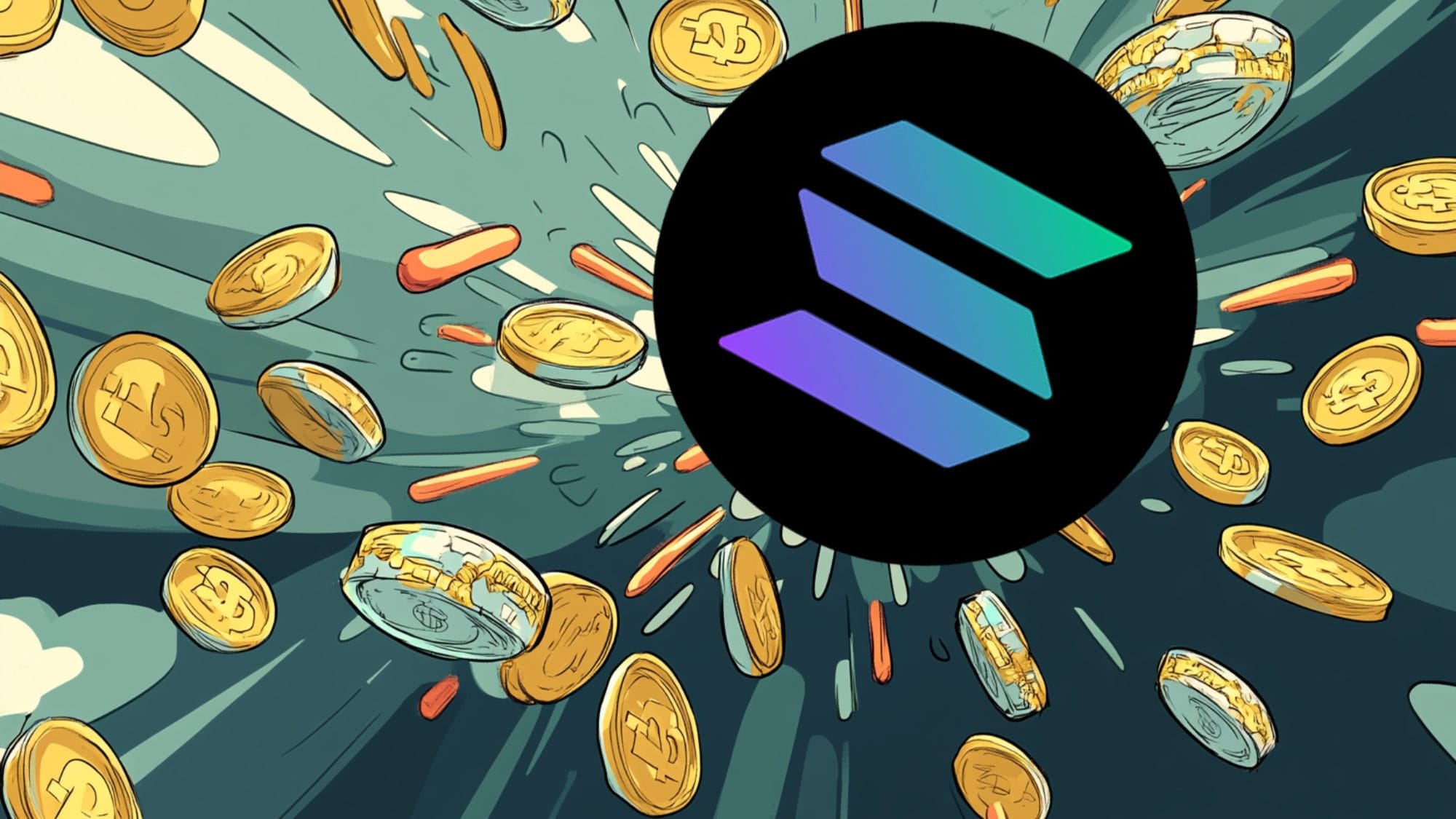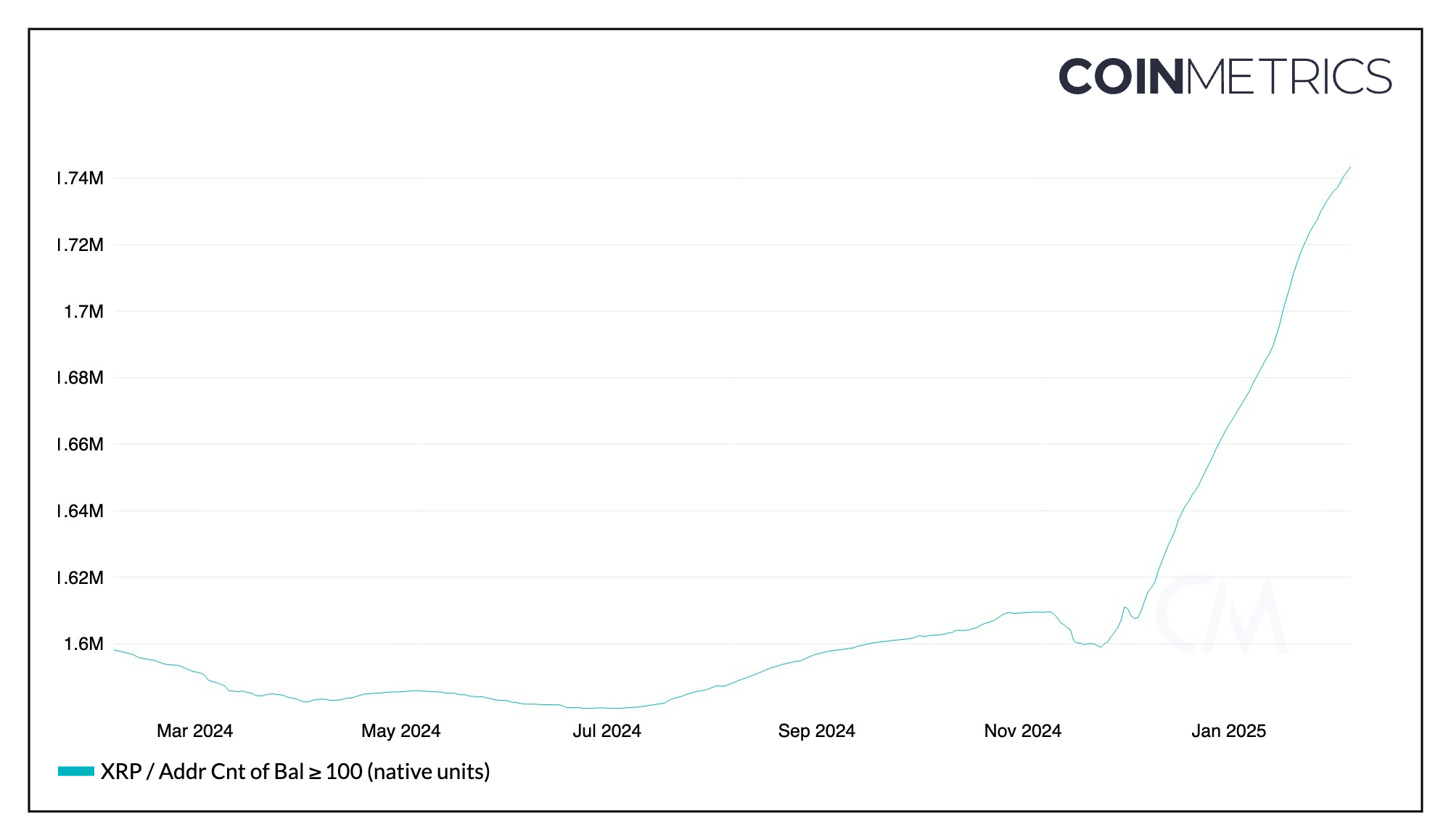
Stablecoins are becoming a central element of the blockchain ecosystem, and Tron is establishing itself as one of the most used networks for transactions of these digital assets.
The increase in demand for stablecoins, combined with the growing popularity of memecoins, has led to a significant rise in activity on the Tron blockchain.
This article will explore the factors driving this trend and the impact it could have on the sector.
The importance of stablecoin in the Tron ecosystem
Stablecoins are cryptocurrencies pegged to the value of traditional assets, such as the US dollar, and are used to reduce the typical volatility of cryptocurrencies.
Tron has become one of the most used networks for stablecoin transactions, thanks to its scalability and low transaction costs.
According to recent data, Tron processes a significant amount of transactions in stablecoin, surpassing competing networks like Ethereum in terms of volume.
The network has recorded a growing demand for assets like USDT (Tether), which represents a substantial part of the transactions carried out on the blockchain.
In addition to stablecoins, memecoins are contributing to the increase in activity on the Tron blockchain. These assets, often born as experiments or viral phenomena, attract a large and active community, which generates a high number of transactions.
The interest in memecoins has led to an increase in daily transactions on Tron, consolidating the network as one of the most used for these tokens.
The combination of stablecoin and memecoin has made Tron a reference platform for users seeking speed and convenience in their operations.
Various factors contribute to the growing adoption of stablecoins on Tron:
- – Low transaction fees: compared to other blockchains, Tron offers significantly lower transaction costs, making it more accessible for users who make frequent payments.
- – Transaction speed: the Tron network is designed to quickly process a large volume of transactions, reducing wait times for users.
- – Extensive integration with exchanges: many trading platforms support Tron-based stablecoins, facilitating their use for trading and transfers.
Thanks to these characteristics, Tron has become one of the most used networks for the transfer of stablecoins, attracting both retail and institutional users.
Challenges and future prospects
The increase in the use of stablecoins on Tron has several implications for the cryptocurrency sector:
- 1. Greater liquidity: with an increasing volume of transactions, the Tron network is becoming a reference point for the liquidity of stablecoins.
- 2. Competition with other blockchains: Tron is positioning itself as an alternative to Ethereum and Binance Smart Chain for stablecoin transactions.
- 3. Wider adoption of cryptocurrencies: the ease of use of stablecoins on Tron could encourage more users to approach the world of cryptocurrencies.
Despite the growth in adoption, Tron faces some challenges, including the regulation of stablecoins and competition with other blockchains.
Furthermore, the long-term sustainability of the network will depend on its ability to keep costs low and improve security.
However, if the current trend continues, Tron could further consolidate its position as one of the leading blockchains for stablecoins, offering an efficient and cost-effective solution for users.
News and Analysis on Cryptocurrencies, Blockchain and Decentralized Finance – Cryptonomist – Read More









